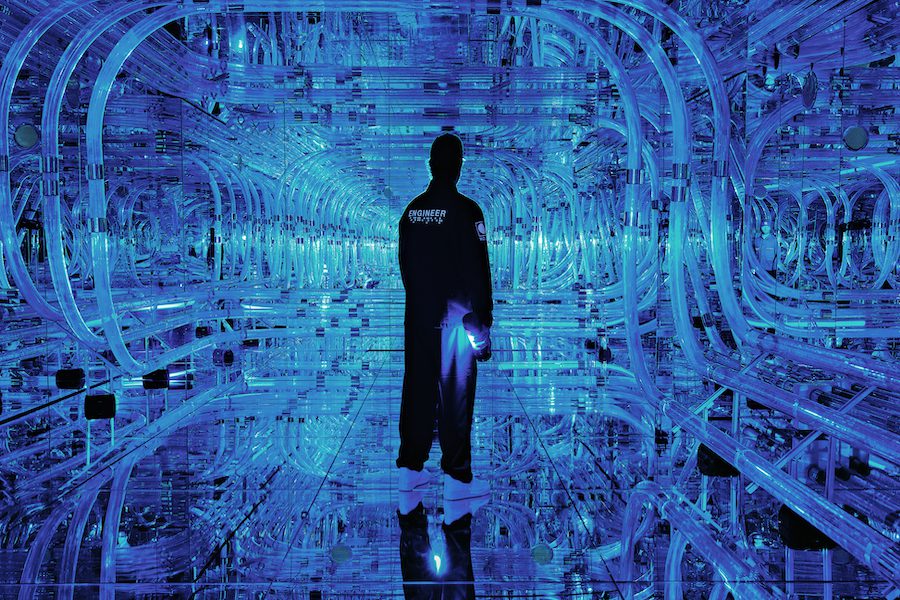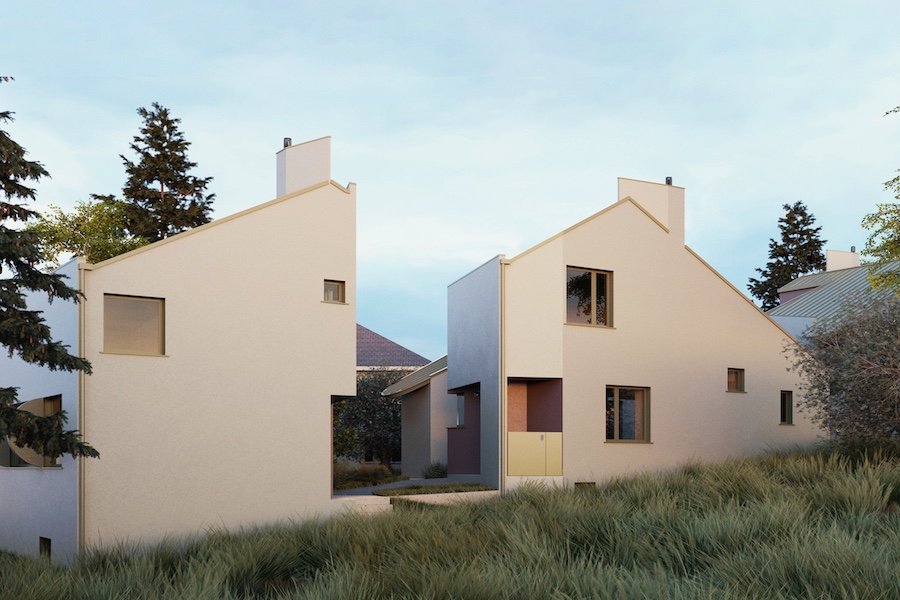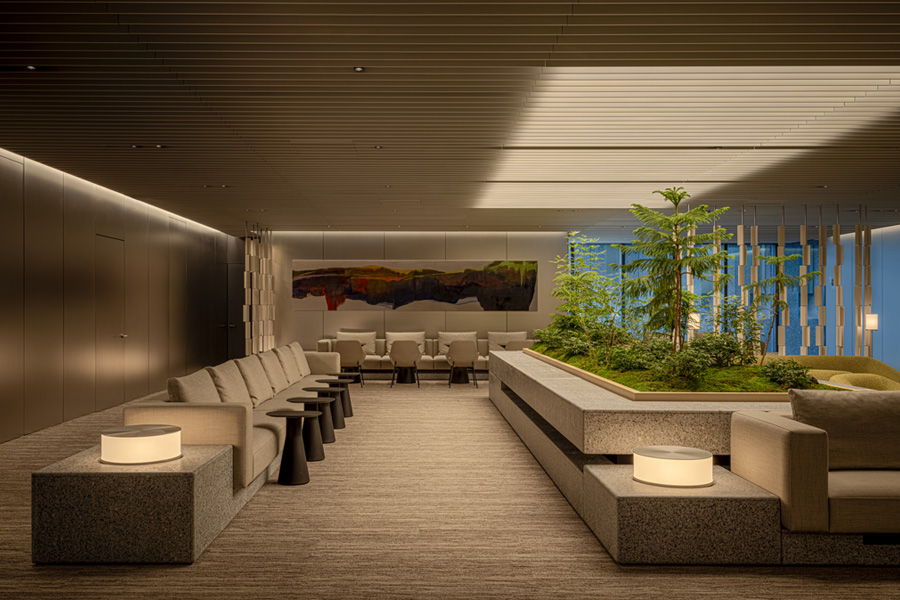Restaurant menus return with more personality, the Super Bowl temporarily drives up Las Vegas hotel rates, and the wellness industry meets the demands of two polarizing markets. All that and more in this week’s Five on Friday.
Restaurant menus make a comeback
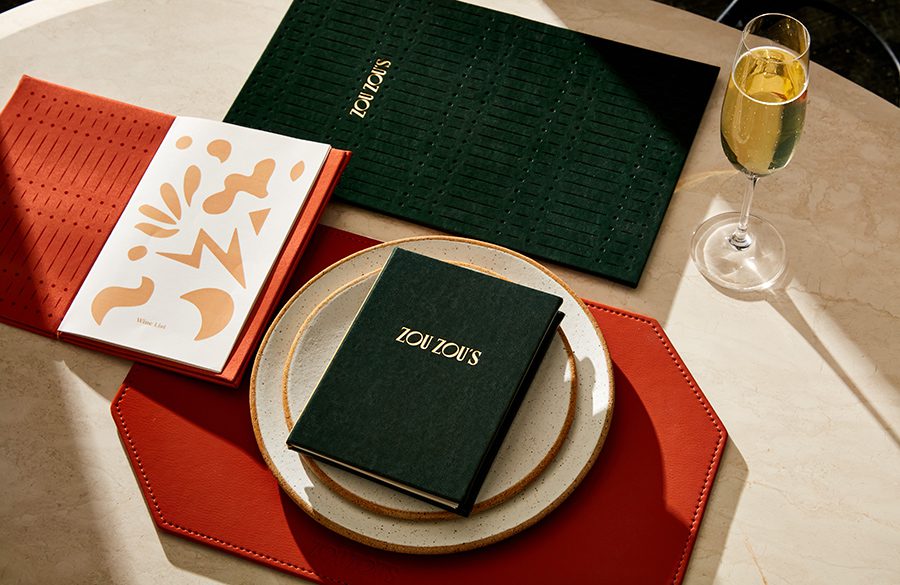
The menus at New York restaurant Zou Zou’s, created by Brand Bureau, a 2023 HD Awards finalist in the Visual Identity category; photo by Kendall Mills
Last year, The New York Times traveled across the U.S. to scout candidates for their annual list of favorite restaurants and to take a look at the trends that define dining today. What they found—after the past few years of curbside delivery, masked servers, QR codes, and all things contactless—was that physical menus are making a comeback. Of the 121 menus they collected, they discovered that aesthetics are brighter, traditional categories are eschewed for new ones (“small, big, bigger” in lieu of “apps, entrées, desserts”), mocktails are having a moment, and more.
Las Vegas hotel rates soar for Super Bowl weekend
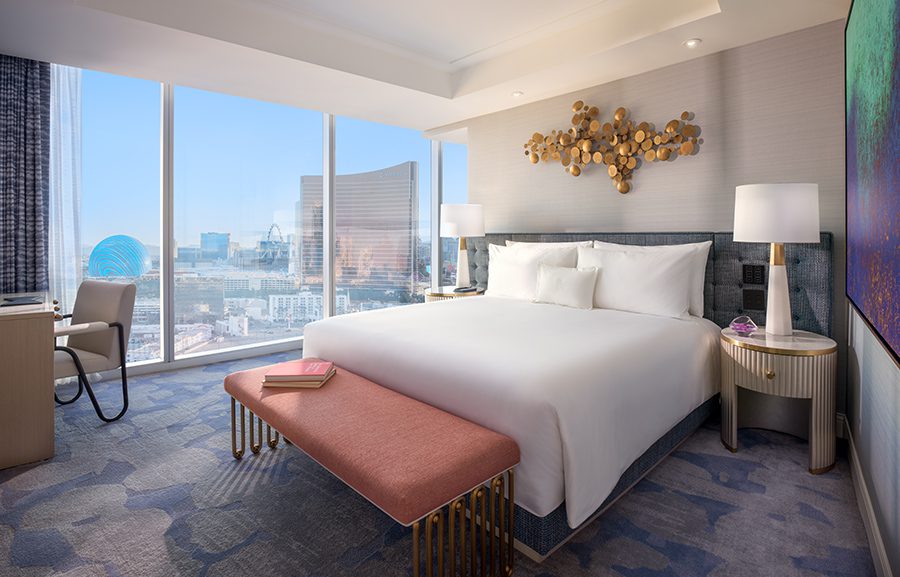
The Panorama Suite at the newly opened 3,644-room Fontainebleau Las Vegas; photo courtesy of Drex Agency
After hosting November’s Formula 1 event—which was a success for the city’s tourism, but less so for locals who faced disruptive traffic congestion—Las Vegas is gearing up for yet another huge sporting event: Super Bowl LVIII. The NFL game at Allegiant Stadium—where the San Francisco 49ers will take on the Kansas City Chiefs—is predicted to generate the highest hotel room rates in the football championship’s history, according to a CoStar forecast reported by Skift. The average daily rate for a Las Vegas hotel room is expected to be $573 from February 9–11th, with more than 330,000 visitors booking about 350,000 room nights, resulting in a projected economic impact of $600 million.
10 wellness trends that will make waves this year

A heated pool at the Rockwell Group-designed Bathhouse Flatiron in New York; photo by Adrian Gaut
The wellness space is undergoing drastic transformations, shifting to fit the needs of a population where generational, income, and gender gaps are widening—resulting in an industry that has become increasingly defined by different, even contradictory, markets and mindsets. This week, the Global Wellness Summit (GWS) released its annual Future of Wellness report, which groups these polarized markets into “hardcare” and “softcare.” The former describes a hyper-medical, high-tech, and expensive wellness market, while the latter captures a less expensive market focused on emotional and social wellbeing. GWS also explores the 10 trends (including the rise of postpartum wellness and wellness-focused homes) we should expect to see this year based on these diverging demands.
Artist Roy Nachum creates a digital dreamworld with Mercer Labs
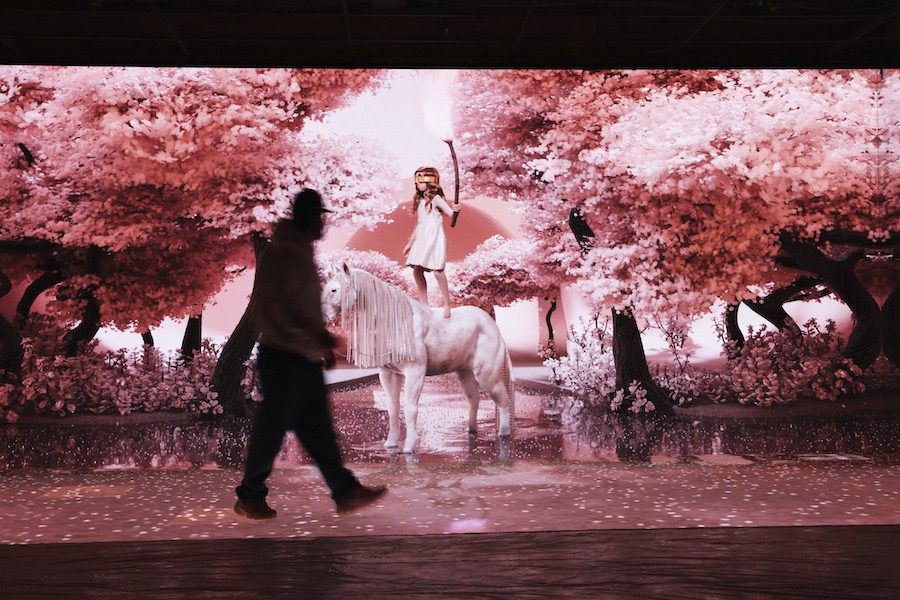
Roy Nachum’s 15-exhibit Mercer Labs is a fully immersive experience at the intersection of art and technology; photo courtesy of Mercer Labs
Laser projectors cast digital imagery across a 5,000-square-foot room with soaring 40-foot ceilings, creating a disorienting reality. Shifting sounds fill the room from all directions. Down a corridor, a 3D grid of 507,000 synchronized LED neurons-microchips with surrounding mirrors create a dizzying galaxy that extends into infinity. This is Mercer Labs, the brainchild of artist Roy Nachum, who spent six years dreaming up the immersive 15-exhibit museum that just opened its doors in the heart of New York’s Financial District. “I want people to touch the work,” Nachum tells Designboom.
ICYMI: Read Hospitality Design’s January issue!
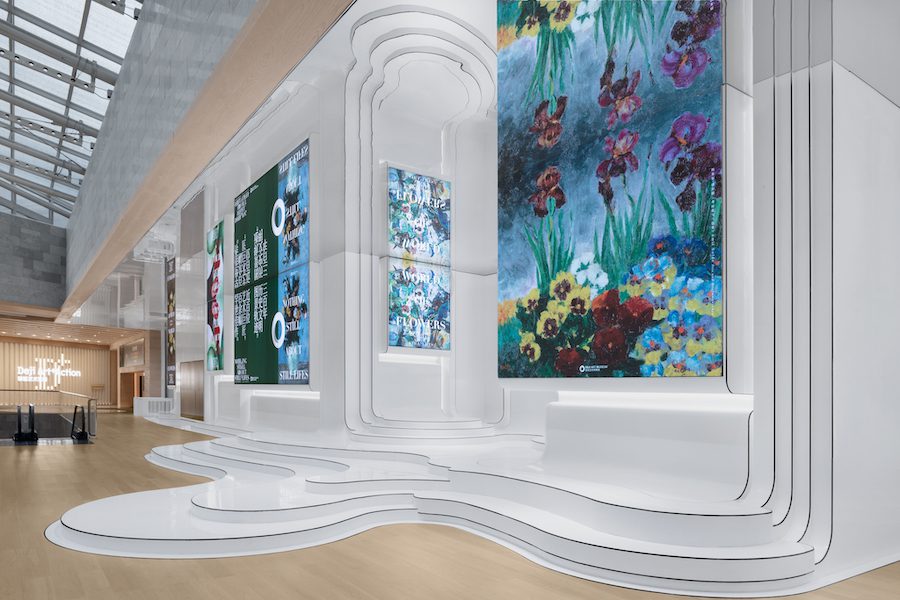
China’s Deji Art Museum exhibit hall by X+Living featured on HD’s January 2024 cover; photo by SFAP
Hospitality Design’s January issue includes our 2024 Hot List, in which we compile 50-plus of the most-anticipated hotel openings of the year, from urban retreats to historic renovations and more. You’ll also find our annual Buyer’s Guide, a comprehensive index that highlights more than 1,000 hospitality service providers across 20 categories. Read it here.

